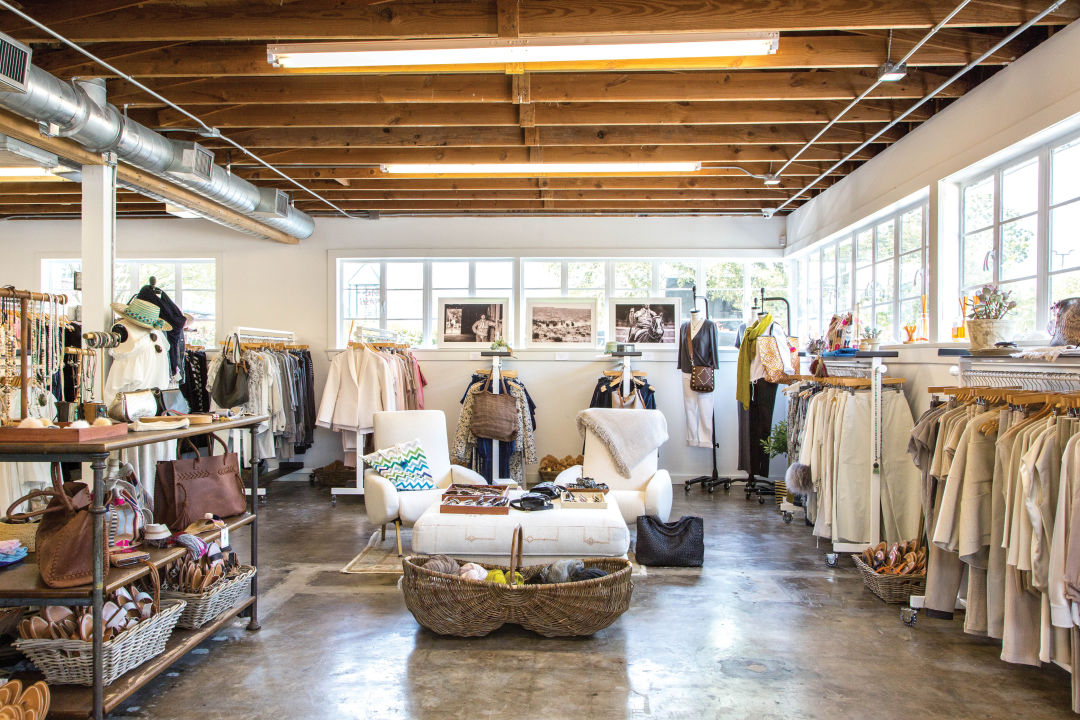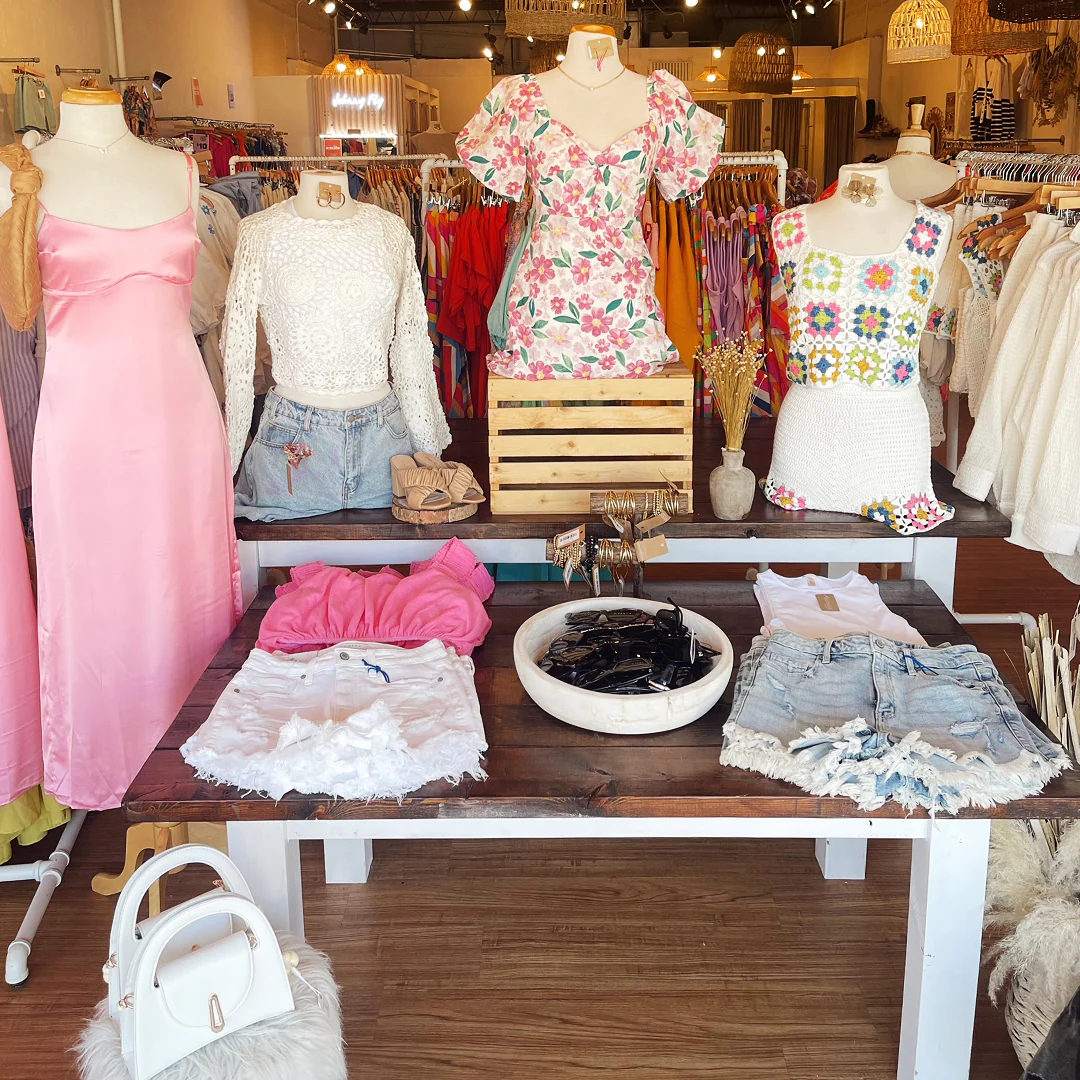Leading 10 Essential Pieces from Your Favorite Boutique Fashion Shops
Leading 10 Essential Pieces from Your Favorite Boutique Fashion Shops
Blog Article
A Deep Study the Globe of High-Fashion Runways: Recognizing Clothing as Art
High-fashion runways have actually become sectors where clothes transcends its practical origins, developing into an advanced kind of imaginative expression. Developers, similar to masterful artists, weave intricate narratives with form, color, and fabric, challenging traditional norms and redefining elegance standards. These shows are more than simple display screens; they are immersive experiences, where every stitch and seam narrates abundant with cultural importance and avant-garde advancement. As we check out these sartorial eyeglasses, we must ponder: what role does style play in shaping social worths, and how does it reflect the ever-changing tapestry of human emotion and identification?
The Development of Runway Shows
The trajectory of path programs has changed considerably over the decades, advancing from special sector occasions to captivating eyeglasses that blend fashion with art. Traditionally, path shows were intimate events, kept in ateliers or tiny venues, mainly attended by buyers and sector insiders. These very early discussions focused on the garments' craftsmanship and business viability, providing a useful and straight display of seasonal collections.
As the style industry expanded, the nature of runway programs started to transform. The 1970s and 1980s marked a turning point, with developers looking for to distinguish themselves with more theatrical discussions.
Over the last few years, innovation and social media have actually even more changed path shows, making them accessible to a global target market. Livestreaming and digital systems have democratized fashion, permitting fanatics worldwide to witness these occasions in real-time (boutique fashion). This advancement mirrors a wider social change, where high-fashion runways function as a dynamic crossway of style, performance, and development
Designers as Dreamer Artists
Designers in the high-fashion market have actually blurred the lines in between functional garment creation and the theoretical realm of art. By accepting imaginative disciplines such as sculpture, paint, and avant-garde setups, developers craft garments that challenge typical style norms and raise them to art kinds.
Visionary designers draw ideas from a myriad of resources, including abstract art, historical referrals, and personal stories. They have a special ability to envision and materialize ideas that press the boundaries of standard fashion, often redefining visual standards while doing so. This imaginative ingenuity is showcased with dramatic shapes, cutting-edge products, and elaborate craftsmanship, which invite customers to experience style as more than simply wearable items.
Furthermore, the path acts as a canvas for these musicians, where lights, songs, and set style coalesce to create immersive experiences. These discussions are not merely displays of apparel yet are orchestrated performances that evoke feeling and prompt idea, affirming the developer's role as a true artist in the contemporary cultural landscape.
Social Impacts in Style
Social tapestry weaves its complex patterns into the textile of style, affecting developers worldwide. The dynamic interchange of cultural stories, practices, and symbols notifies and motivates collections that elegance high-fashion runways. Designers thoroughly attract from their heritage or involve with cultures distinct from their own, crafting garments that act as look at this site visual stories. This social dialogue not only enhances the aesthetic diversity yet additionally fosters a deeper understanding and appreciation of global identifications.
The influence of society on fashion is frequently seen in the reinterpretation of typical garments and patterns. The usage of Japanese bathrobes, Indian saris, or African prints in contemporary style reflects a blend of social authenticity and contemporary visual appeals. Developers such as Valentino's Pierpaolo Piccioli and Alexander McQueen's Sarah Burton have been understood to incorporate abundant social motifs right into their couture collections, converting history right into wearable art.

Development in Fabric and Style
Development in material and design consistently reshapes the landscape of high-fashion, pushing boundaries and redefining possibilities. Developers are significantly checking out the integration of technology, such as 3D printing, which permits for the development of complex frameworks that were formerly unbelievable.
The style industry is witnessing a surge in the usage of environment-friendly materials, acquired from recycled plastics, organic fibers, and also eco-friendly parts. Designers are welcoming these materials to craft garments that are both aware and aesthetically striking of their ecological impact.
In terms of wikipedia reference design, avant-garde silhouettes and experimental forms are constantly changing the path. By incorporating non-traditional materials and innovative methods, developers grow garments that obscure the line between style and art, setting brand-new requirements for creative thinking and expression in the high-fashion round.
Influence of Fashion on Society
Style wields a profound influence on culture, working as both a reflection of social identification and a driver for social change. Through its evolution, fashion has actually mirrored social shifts, enveloping the zeitgeist of various eras. The flapper gowns of the 1920s symbolized a newly found feeling of females's freedom, while the vibrant prints of the 1960s echoed the cutting edge spirit of the time. High-fashion paths, specifically, act as systems for challenging standards and redefining appeal requirements. Developers utilize these venues to address pushing social problems, from sustainability to diversity, thereby forming public discussion.
Furthermore, style has the power to bridge cultural spaces, cultivating understanding and recognition among varied groups. As globalisation increases, the cross-cultural exchange of fashion ideas comes to be significantly considerable, promoting inclusivity and diversity. The increase of streetwear, originating from city subcultures, shows just how fashion can transcend socio-economic borders, giving people a way of self-expression and empowerment.
In essence, fashion is not simply concerning visual appeals; it is a vibrant force that affects values, perspectives, and you can try this out societal development (boutique fashion). By continually communicating with cultural and social currents, fashion stays an integral component of the collective human experience

Conclusion
Developers, similar to visionary artists, orchestrate collections that mirror identity, feeling, and cultural stories, testing traditional appearances. This junction of fashion and artistry not just captivates audiences globally however likewise influences social perceptions and advertises a deeper gratitude for social variety.

Social tapestry weaves its intricate patterns into the fabric of style, affecting designers around the world.Fashion possesses an extensive influence on culture, serving as both a representation of cultural identity and a driver for social change.
Report this page